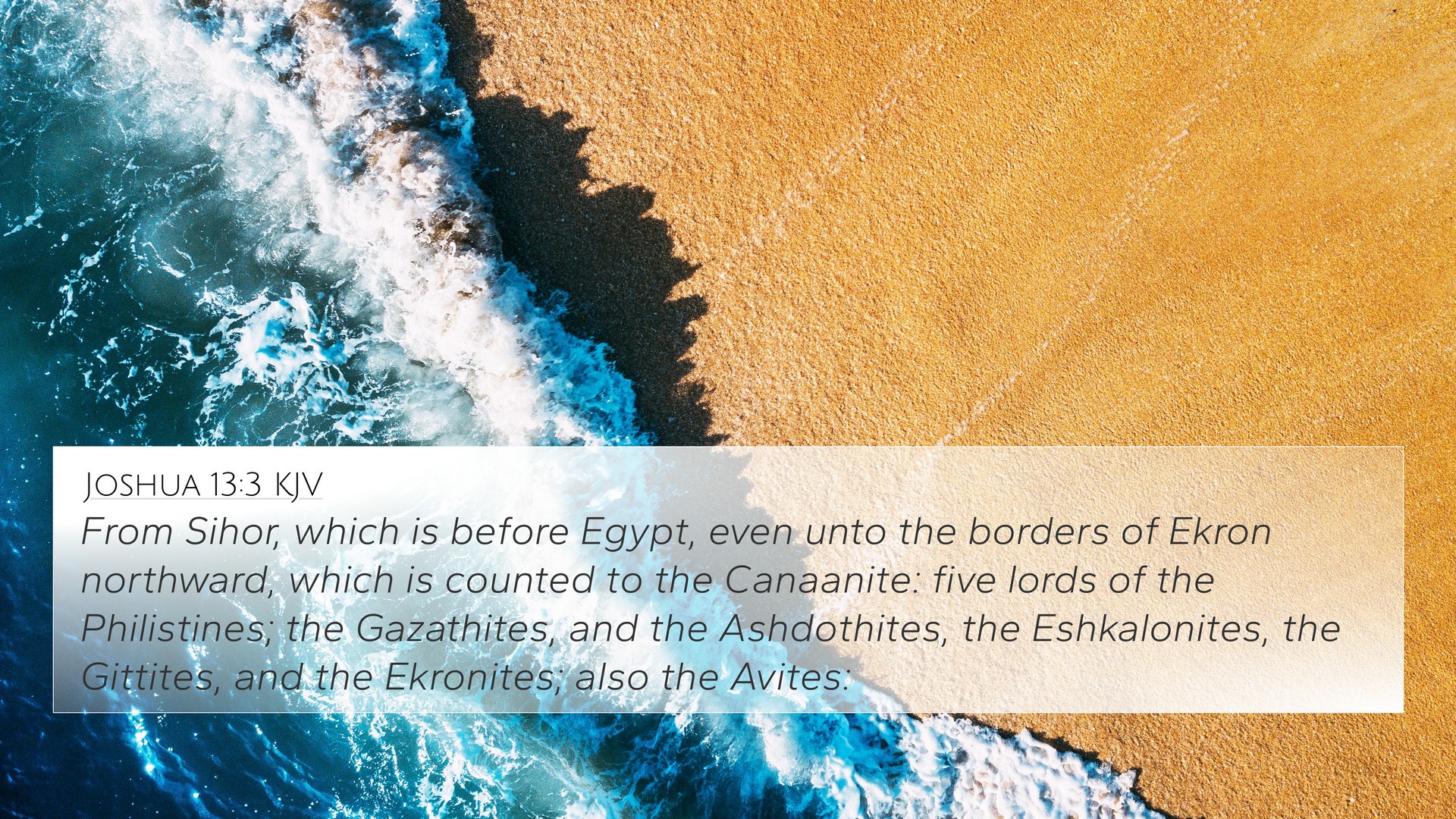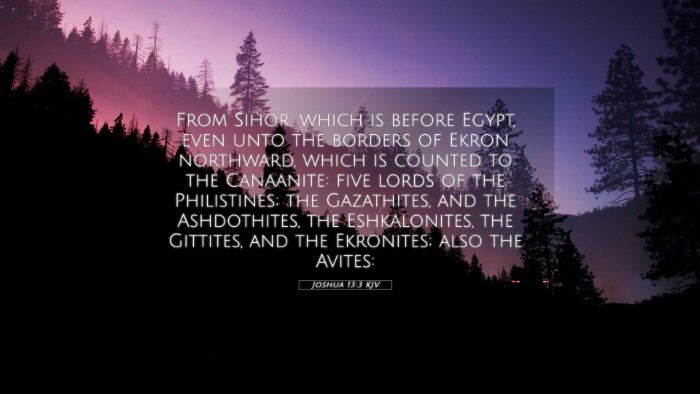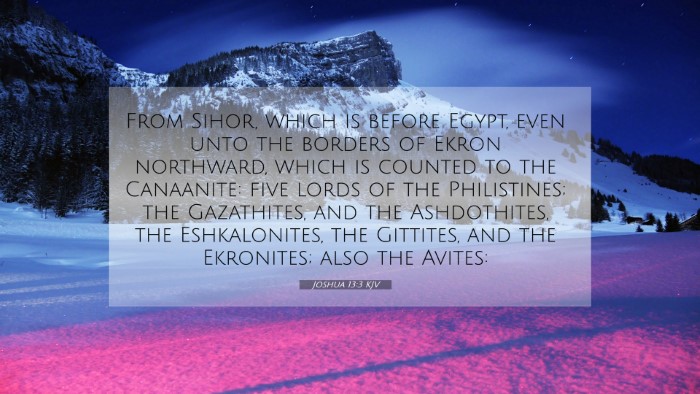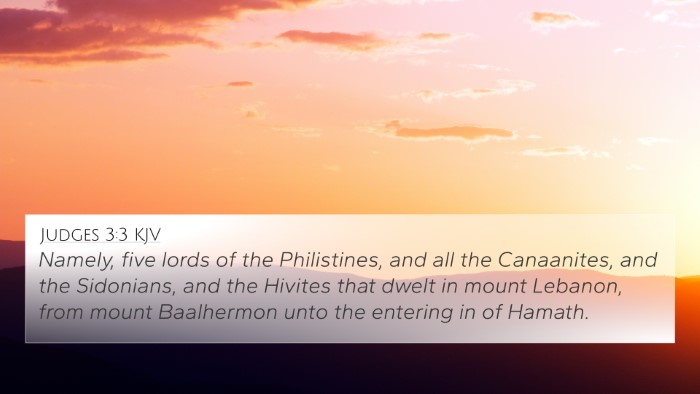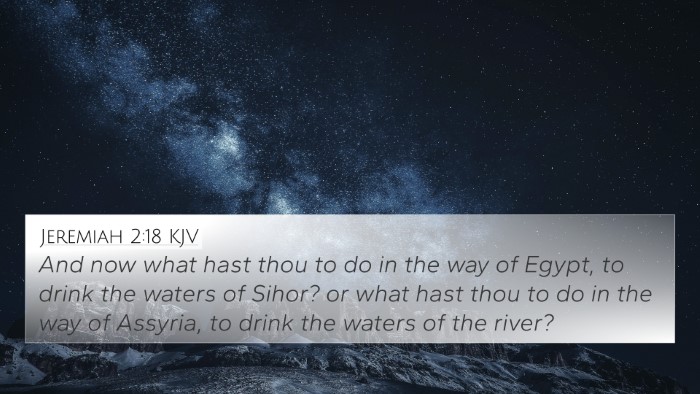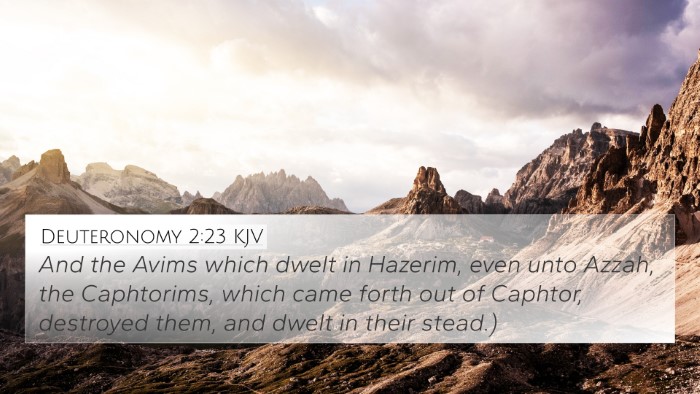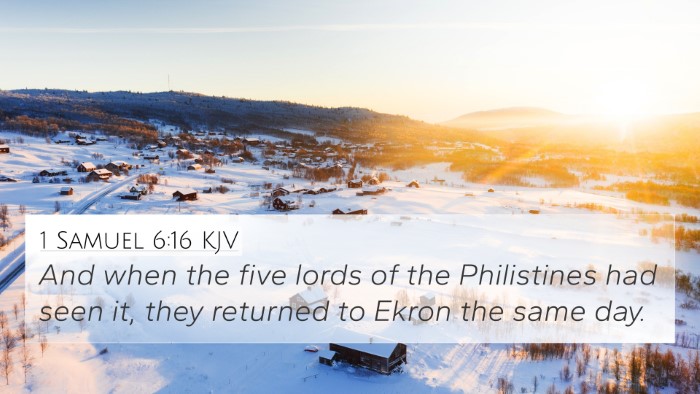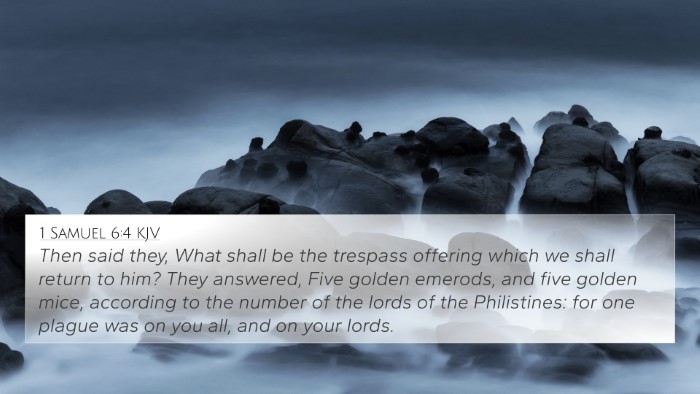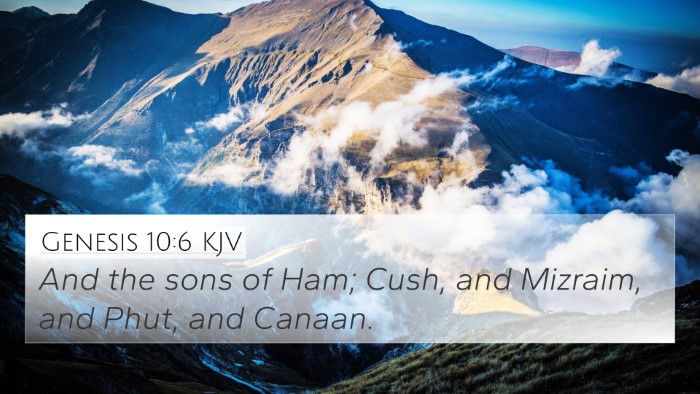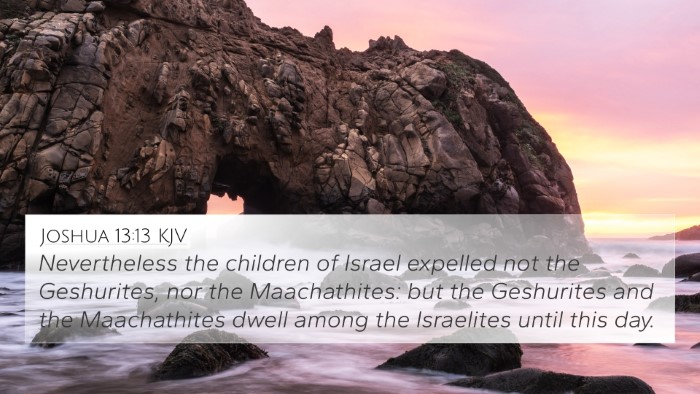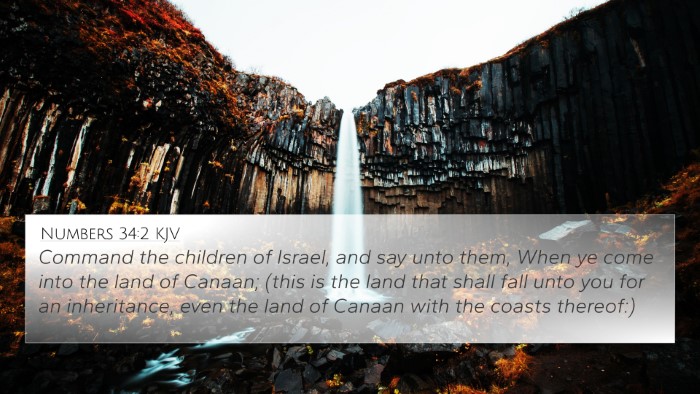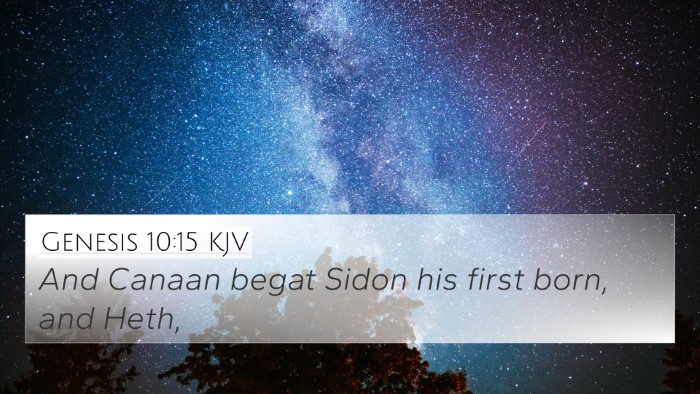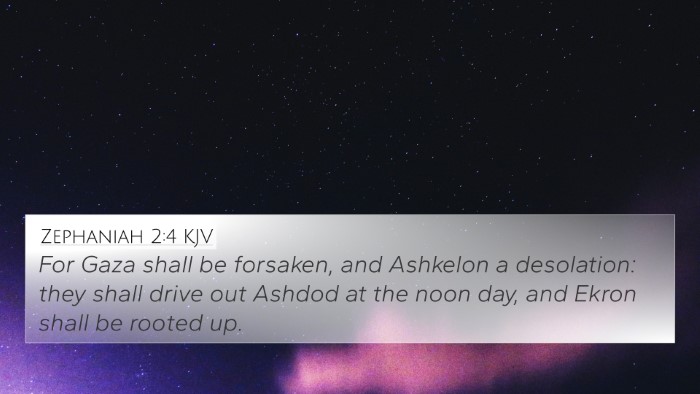Understanding Joshua 13:3
The verse Joshua 13:3 states:
"The territory of the Geshurites and Maacathites, all Mount Hermon, all Bashan; all the region of Argob, which was called the land of giants."
This passage is situated within a comprehensive account of the land distributions that the Israelite tribes received under the leadership of Joshua. Each segment is fundamental to understanding the geographical and historical context of biblical Israelite settlement.
Verse Meaning and Context
In the commentaries by Matthew Henry, Albert Barnes, and Adam Clarke, various interpretations are drawn from this verse. Here are the insights:
-
Significance of Geshurites and Maacathites:
These groups represent the inhabitants of the land that will be addressed later. The Geshurites and Maacathites were notable tribes that occupied the area and had to be dealt with by the Israelites.
-
Mount Hermon and Bashan:
This geographical reference highlights a significant landmark which was known for its richness and formidable stature in Canaan. It represents the challenges and opportunities present in the lands of conquest.
-
Land of Giants:
The term "land of giants" refers to the formidable tribes that dwelled in the region, emblematic of the challenges the Israelites would face. The reference underscores the scale of God's promise contrasted with the earthly realities encountered during their journey.
Thematic Connections
This verse recalls the broader themes of conquest, inheritance, and the fulfillment of God's promises, resonating with several other biblical passages. Below are key cross-references:
- Numbers 32:33 - This passage discusses the land given to the Reubenites and Gadites, relating to Joshua's role in distributing the land.
- Deuteronomy 3:11 - This verse references the king of Bashan, Og, illustrating the dangers and dominance of the land's previous inhabitants.
- Genesis 14:5 - Accounts of giants highlight the historical context of these giants in relation to biblical narratives.
- Joshua 12:4-5 - This scripture serves to list the kings that Joshua defeated, establishing the authority of Israel over these lands.
- Numbers 13:33 - A previous mention of giants in the land contributes to the narrative of fearing the enemies before them.
- 1 Chronicles 5:11 - References the Reubenites in relation to the land inheritance, demonstrating their territorial connections.
- Joshua 1:4 - God’s commandment to Joshua, where He promised the land as an inheritance, affirming the faithfulness of the Lord's promises.
Comparative Analysis of Related Scriptures
This verse invites a comparative study between multiple texts within the Old Testament that establish the themes of land configuration and inheritance.
For instance, the accounts of David's conquest (2 Samuel 8:3-12) and Solomon's reign (1 Kings 4:24) reveal the continued significance of these regions to Israel’s history. Furthermore, the New Testament references to “the land flowing with milk and honey” serve to project a future promise fulfilled (Hebrews 3:19) through faith.
Tools for Exploring Cross-References
To deeply explore these connections, one may utilize:
- Bible concordances to look up specific terms like "giants" or "Bashan."
- Cross-reference Bible study guides that annotate links between verses.
- Inter-Biblical dialogue resources that explore the historical context of the kingdoms mentioned.
Conclusion
Joshua 13:3 is a potent reminder of God's promises in the midst of worldly challenges. It serves as an essential link in understanding the geography, history, and covenantal fidelity encapsulated throughout scripture. By connecting with other relevant verses and utilizing scripture study tools, one can gain a more profound understanding of the Bible’s cohesive narrative.
Exploring the connections between biblical texts enhances our comprehension and appreciation of their teachings, encouraging deeper study and reflection.
